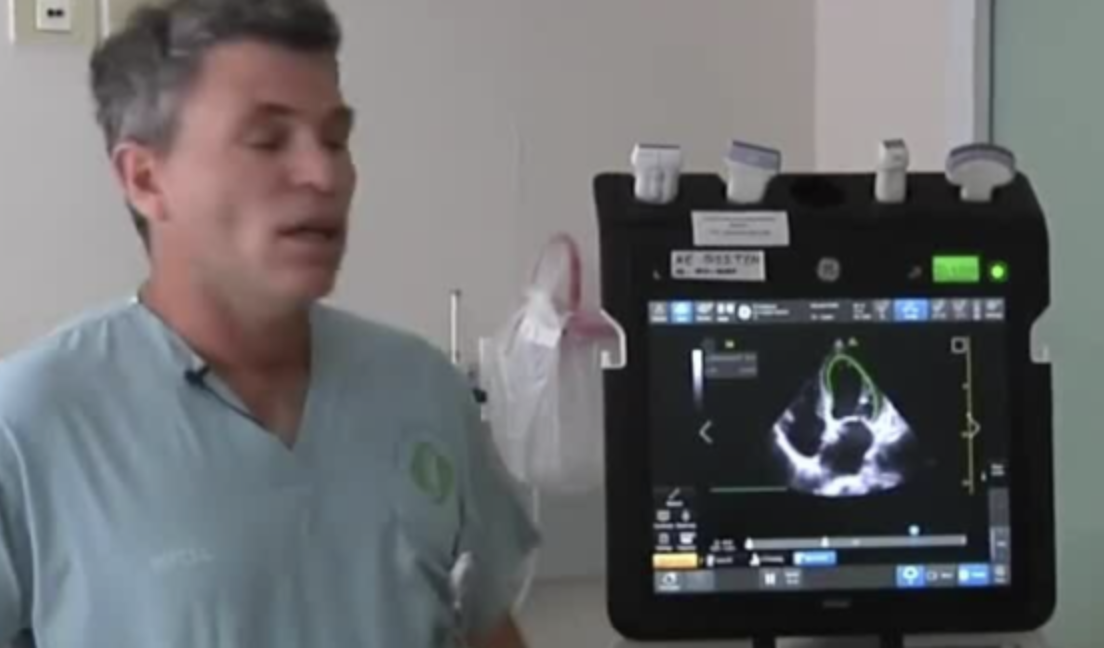- Section 1
-
Example Text Lesson
-
Untitled Lesson
- Optional Section
-
Course Feedback Survey

Emergency Medicine
Rapid POCUS for critical decision-making in emergency clinical care
The Emergency Medicine Ultrasound course equips clinicians with Point-of-Care Ultrasound (POCUS) skills essential for rapid diagnosis and treatment in critical care settings. This fast-paced training emphasizes bedside imaging techniques designed to address life-threatening conditions quickly and effectively. Participants learn to perform essential exams, including the FAST and eFAST protocols for trauma, cardiac ultrasound to evaluate pericardial effusion or arrest, lung scanning for pneumothorax and pulmonary edema, and abdominal aortic aneurysm screening.
Course modules include vascular access guidance, such as ultrasound-assisted IV and central line placement, and peripheral vascular scanning for deep vein thrombosis. Clinical scenarios featured cover undifferentiated shock, chest pain, trauma, respiratory distress, and early pregnancy emergencies. Through immersive hands-on sessions, learners build proficiency in probe selection, image optimization, rapid interpretation, and integration into clinical decision-making, while maintaining efficiency in high-stress environments.

